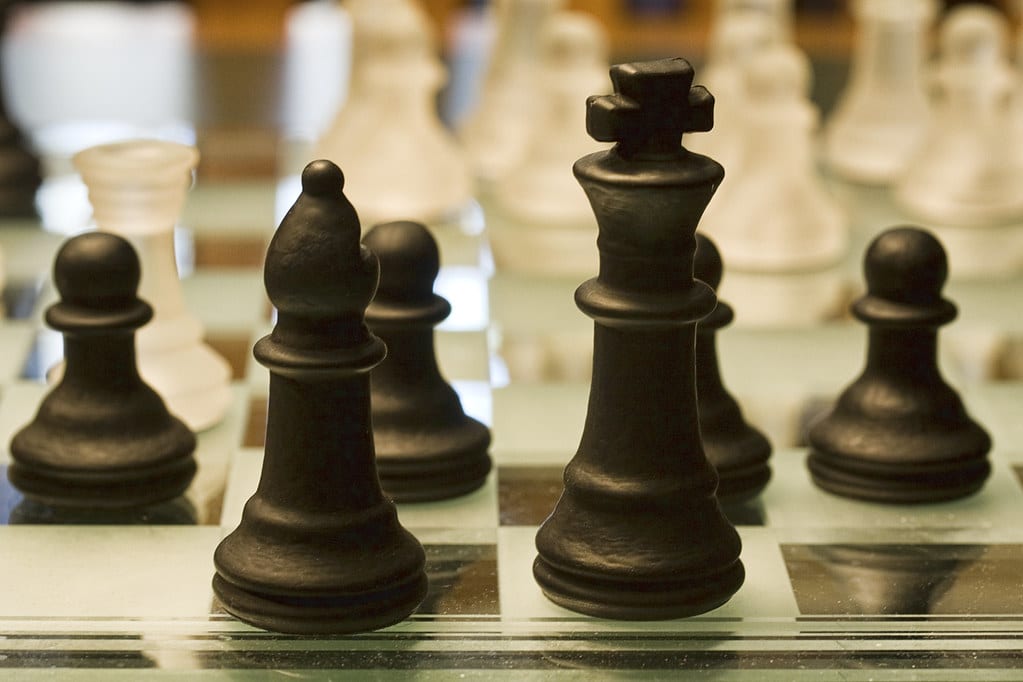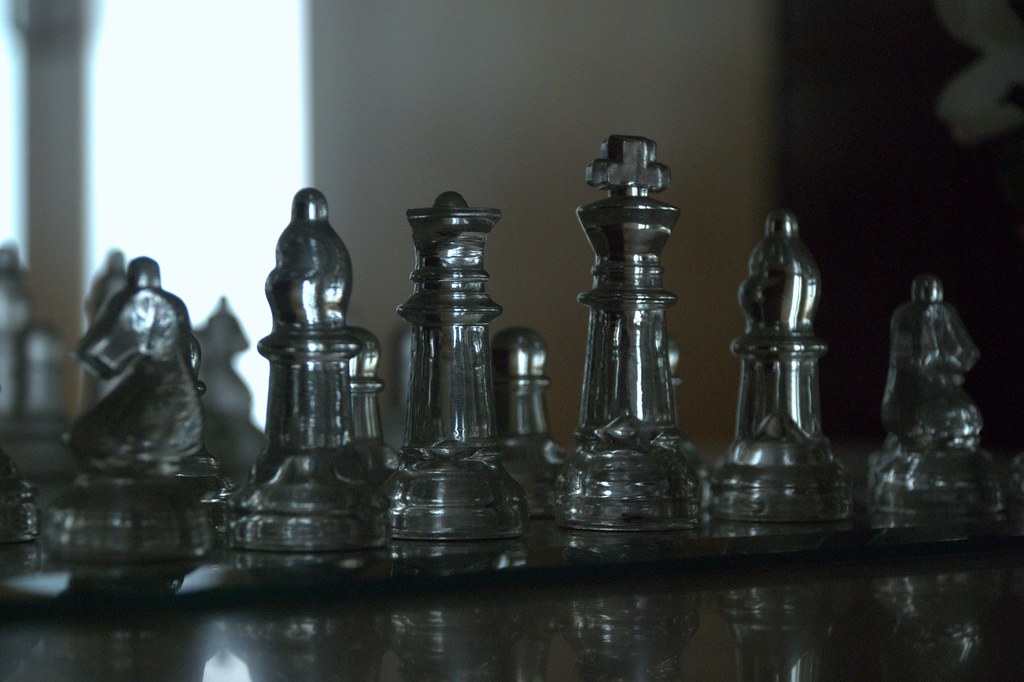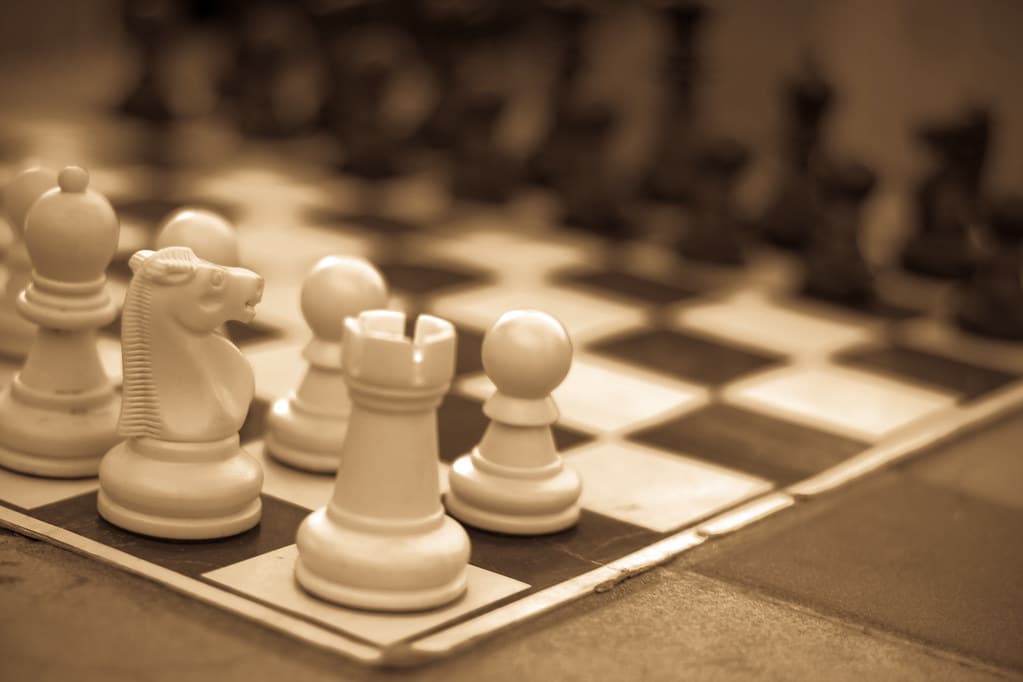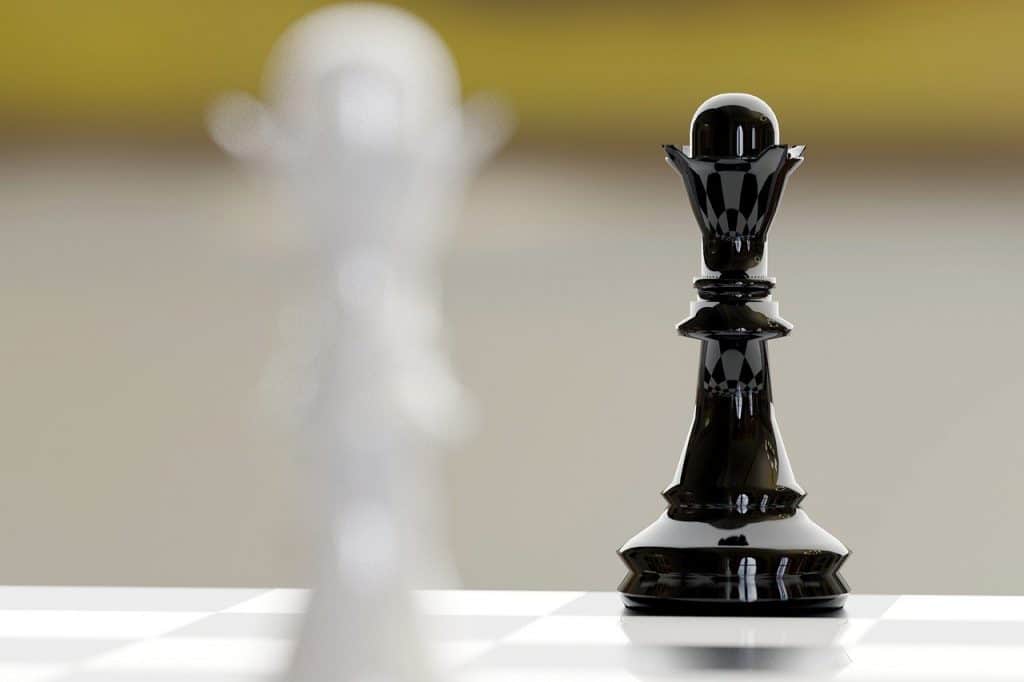Table of Contents
How to Play Brilliant combinations in chess
The one factor that makes everyone’s nerve shake a little are the incredible combinations we see in master’s games. The brilliant combinations in chess played by grandmasters were so exciting to see.
I wouldn’t be surprised if that was one important factor that got you more into chess.
Well, I don’t blame you, tactics are one of the sunniest parts of chess, and are exciting to execute a combination correctly.
Grandmasters have a superb ability to detect the moves that are likely to work as a combination, this is what we call intuition. Training your intuition will make you see the tactical opportunities more easily, almost automatically.
The intuition in chess is a very powerful tool, unfortunately, there isn’t much material that discusses this matter. To show how important intuition is in chess, you can view one of Magnus Carlsen’s quotes in his app.
He says there that he doesn’t think about the moves actually, they come to him (automatically detects them) and he follows his instincts.
It doesn’t mean you have to play aimlessly or doing any move you perceive as attractive. But intuition will be your “tactics detector”. And when you detect tactics, you will detect the brilliant combinations in chess.
Intuition will help you spot a move that has a lot of chances of success.
Anyway, you will need an important tool to complete it, which will mention in the next title.
How to calculate in chess

Calculating in chess is a very important skill, calculating consists of a process that takes the most mental energy. You have to think about the calculation as the complement of tactics.
There are various practical techniques you can use to calculate and spot potential brilliant chess combinations. There is a popular and logical technique called “the tree of variations”
The tree of variations is a mental process in which you list out on your mind all of the possible good moves in a position. This process must not take too much time, and normally it shouldn’t involve more than 3 or 4 moves.
Once you have your moves, you need to calculate the lines after each move and figure out what would be the best move. Finally, you need to compare the final positions (you need to picture them in your mind) and decide which is best.
Brilliant combinations in chess: Behind scenes

There is another important aspect about calculation in chess or more like other techniques, it is called the “process of elimination. It is like the method we just talked about, but the other way around!
Instead of looking for the best moves in the positions, you will have to look for the worst moves to discard them. Now the name of this method explains itself.
This may sound contradictory but it has pretty good logic, you won’t believe it. Looking for the worst moves to discard them until you have one left, sometimes it can be better than looking for the best moves.
It’s best when it is about the defensive positions, this is a reality that we have to face in the game of chess: Sometimes there are not good moves at the board.
Sometimes you will be worse than your opponent and you will have to choose what is the “best” from 5 bad moves. But this can help you don’t fall too easily and having practical chances of turning the game the other way around.
Knowing how to apply the elimination process can get you out of trouble more than just one time.
Selecting the best moves

To choose the best moves in chess you have to choose the best method that works for you. It will depend on the position and your playstyle, or simply what you feel is comfortable the most.
However, you should not put one method over another, it’s better if you are aware of both of them.
We already have another post in which we talk about how to choose the best moves in chess and play those brilliant combinations in chess, which you can check out for more information. Basically what you have to do is one simple thing: Calculate.
There is no other way around, some practical skills that we already mention like intuition and tactical vision may help.
Choosing the best moves in chess is really a challenge, but that’s how the brilliant chess combinations arise over the board.
Although, as we talked about in the sacrifice in chess post, it is not necessary to always choose the best of the best move.
A move that your opponent will not know how to counter may be enough to win. Maybe you saw one great move, but in one (just one) variation it doesn’t work, you don’t have anything else to play, play it.
This is a common practice in blitz, you make an objectively bad move, but your opponent still needs to find the refutation with little time on the clock.
Practice your brilliant combinations detector
The brilliant combinations in chess are usually found by the factor we already discussed: Intuition.
The way you can train that intuition is by solving tactical puzzles or analyzing grandmaster combinations. You can also watch grandmaster games and try to guess the next move.
There are many ways you can do it, and it is an ability that will surely improve your chess for good.
There is also a fun way to improve your calculation and your visualization skills: Blindfold chess.
Play chess blindfolded will give you a precise image of the positions that you are calculating on your mind. Do you understand why grandmasters usually close their eyes in the middle of a game? They are calculating in their minds.
And this incredible skill was achieved by them by solving A LOT of puzzles and working on their calculation skills. Playing blindfolded chess will help you calculate like a computer, it’s 100% recommended.
You may also like:
The Secrets of The Chess Psychology






